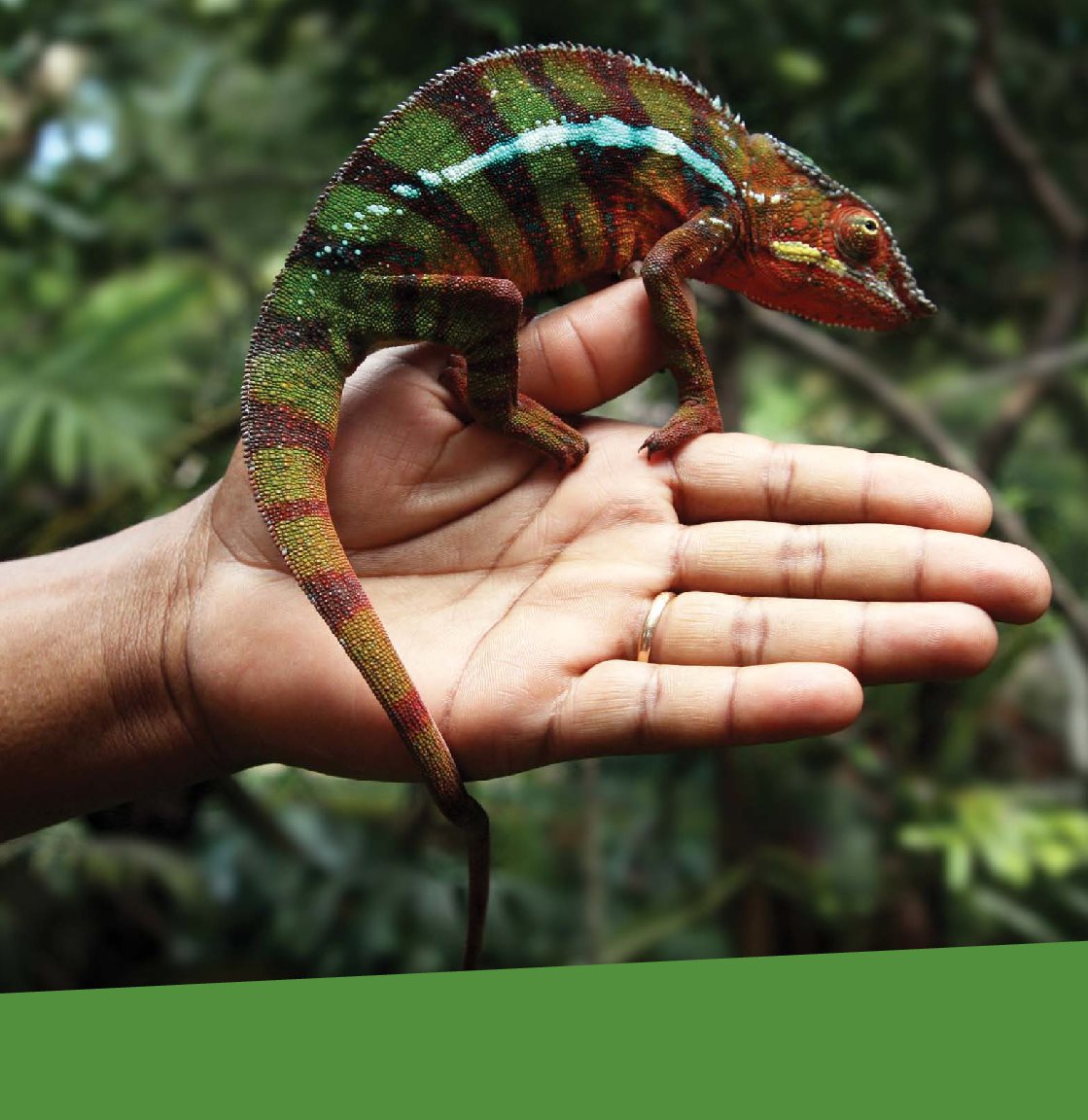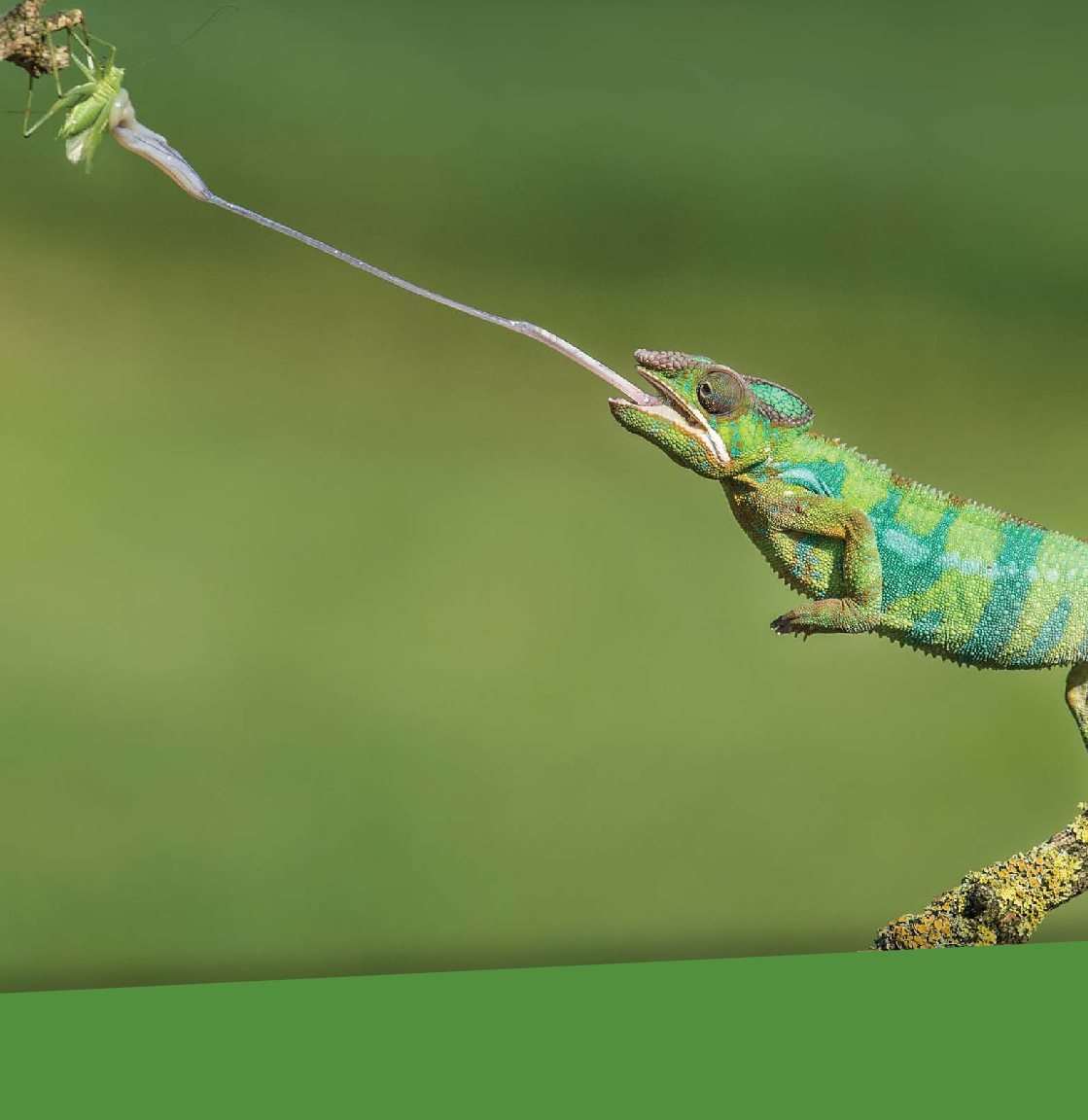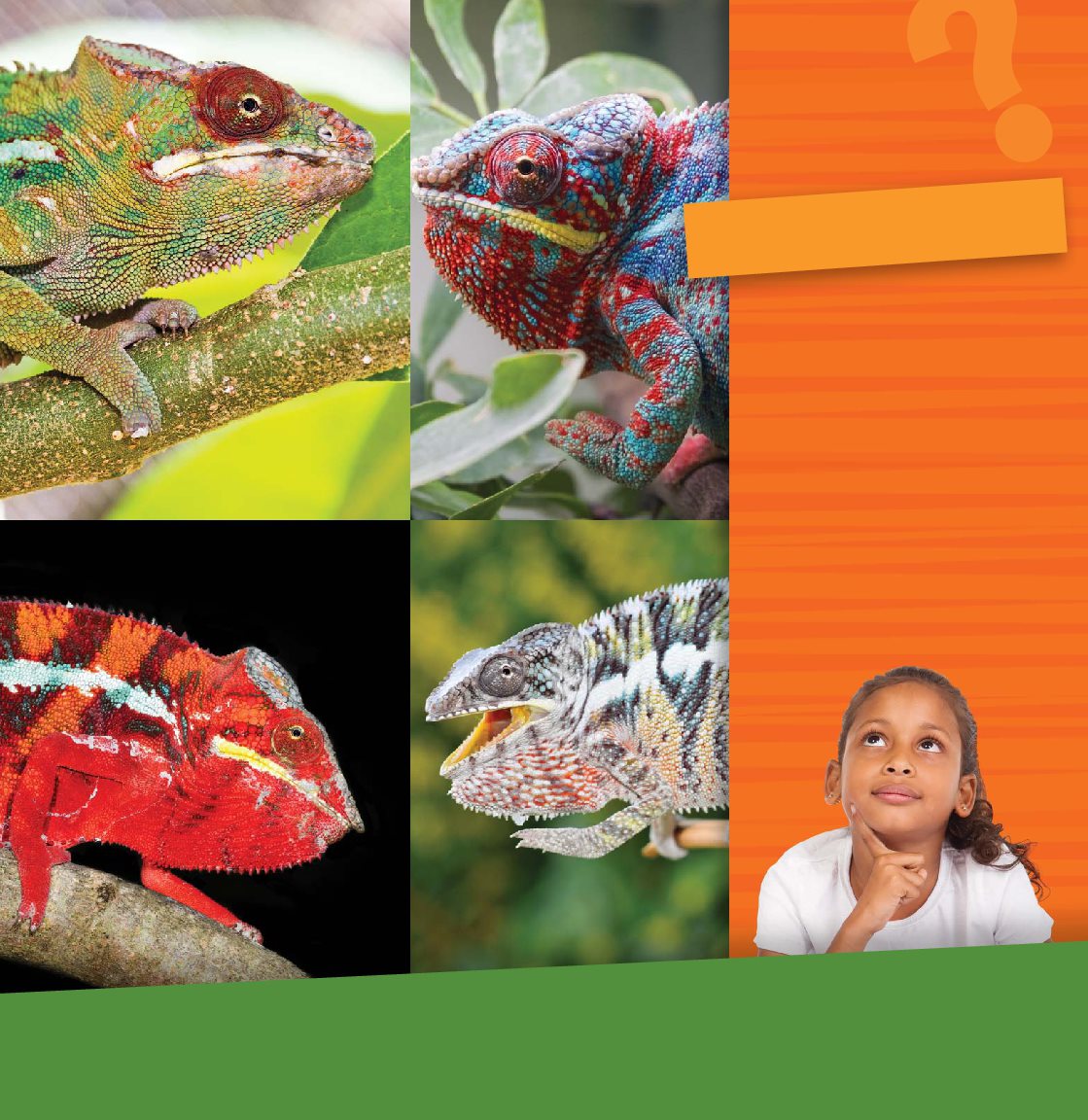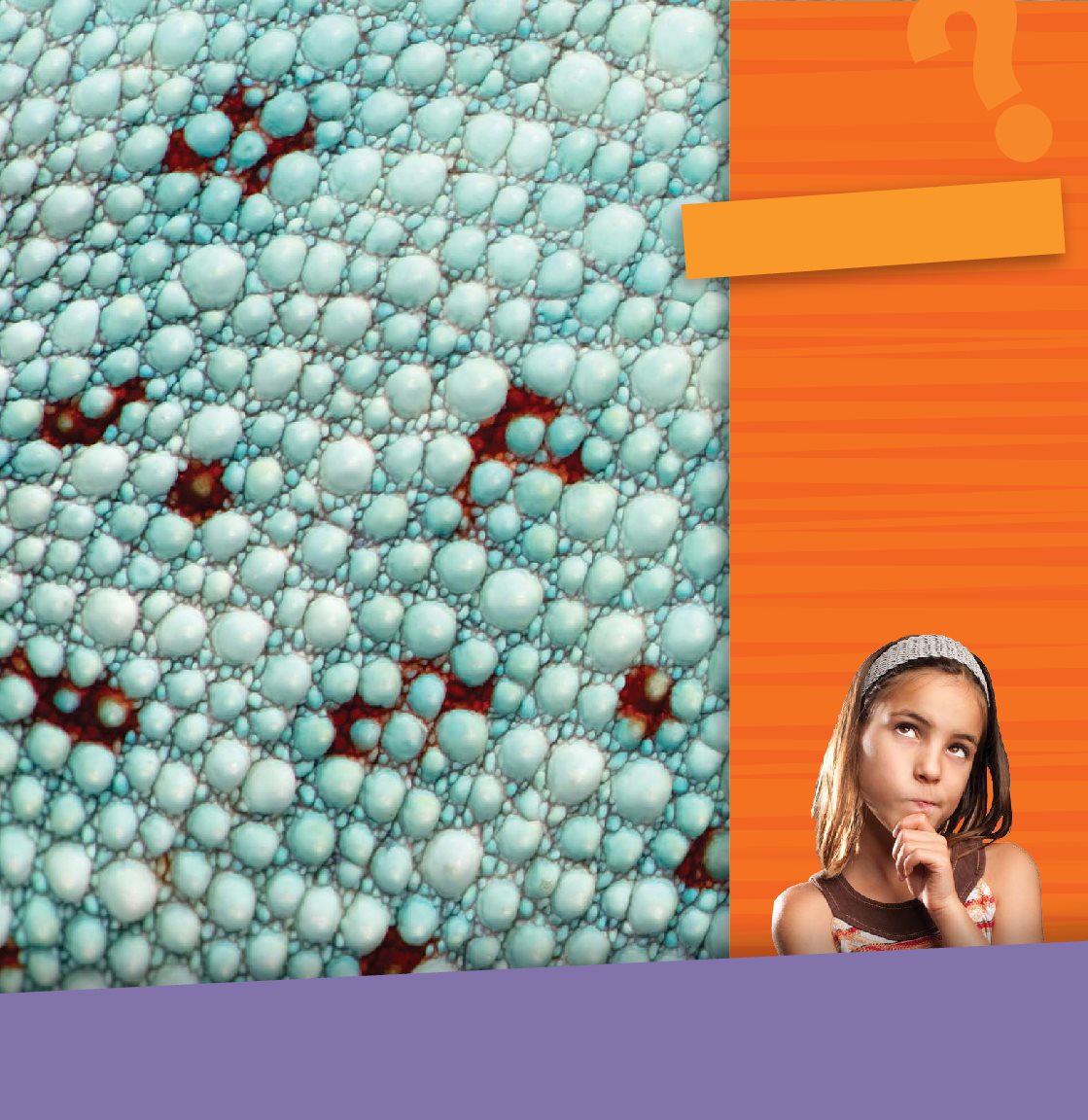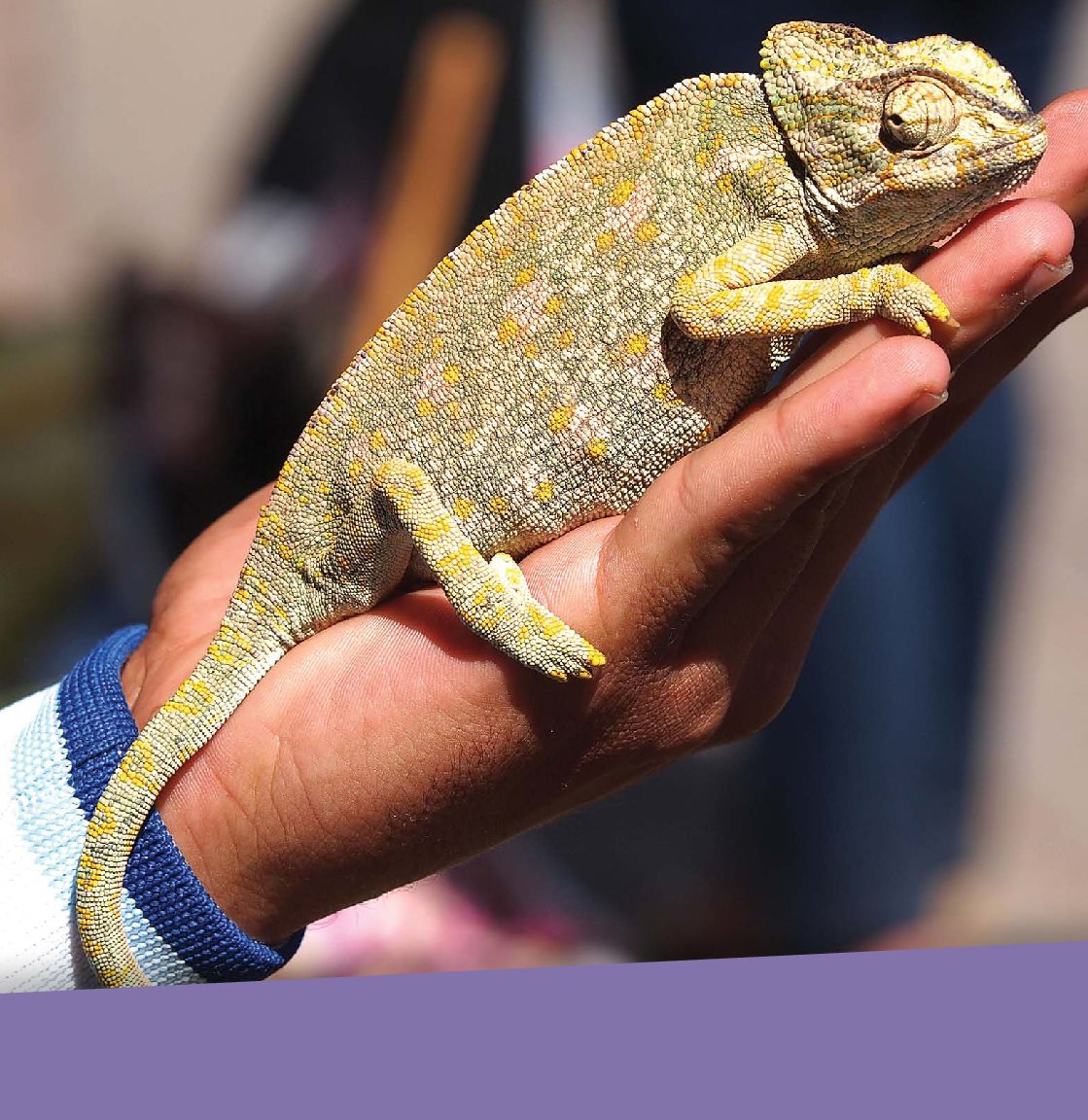Table of Contents
Guide
Published in the United States of America by Cherry Lake Publishing
Ann Arbor, Michigan
www.cherrylakepublishing.com
Content Adviser: Andrew M. Durso, PhD candidate at Utah State University
Reading Adviser: Marla Conn, ReadAbility, Inc
Photo Credits: snowblurred/Shutterstock Images, 5; Svoboda Pavel/Shutterstock Images, 7; taboga/
Shutterstock Images, 9; Arto Hakola/Shutterstock Images, 9; belizar/Shutterstock Images, cover, 1, 9;
Dennis van de Water/Shutterstock Images, 9; Eric Isselee/Shutterstock Images, cover, 1, 11; nevenm/
Shutterstock Images, 13; Juan G. Aunion/Shutterstock Images, 15; Amanda Winter/Shutterstock Images,
17; Hugh Lansdown/Shutterstock Images, 19; bikeriderlondon/Shutterstock Images, cover, 1, 21
Copyright 2016 by Cherry Lake Publishing
All rights reserved. No part of this book may be reproduced or utilized in any form or by any means
without written permission from the publisher.
Library of Congress Cataloging-in-Publication Data
Marsico, Katie, 1980- author.
Chameleons change color / by Katie Marsico.
pages cm.(Tell me why?)
Summary: Young children are naturally curious about animals. Chameleons Change Color offers
answers to their most compelling questions about how chameleons camouflage themselves. Age
appropriate explanations and appealing photos encourage readers to continue their quest for knowledge.
Additional text features and search tools, including a glossary and an index, help students locate
information and learn new words.Provided by publisher.
Audience: Ages 610
Audience: K to grade 3
Includes bibliographical references and index.
ISBN 978-1-63362-609-6 (hardcover)ISBN 978-1-63362-699-7 (pbk.)
ISBN 978-1-63362-789-5 (pdf)ISBN 978-1-63362-879-3 (ebook)
1.ChameleonsJuvenile literature. 2.Camouflage (Biology)Juvenile literature. 3.Adaptation
(Biology)Juvenile literature. 4.Childrens questions and answers. I. Title. II. Series: Tell me why?
(Cherry Lake Publishing)
QL666.L23M355 2016
597.956dc23
ISBN-13 978-1-68444-526-4 (ebook)
2015005643
Cherry Lake Publishing would like to acknowledge the work of the Partnership for 21st Century Skills.
Please visit www.p21.org for more information.
Printed in the United States of America
Corporate Graphics
Synchred Read-Along Version by:
Triangle Interactive LLC
PO Box 573
Prior Lake, MN 55372
Table of Contents
Meet a Magical Lizard!
Nate is at an animal sanctuary on a school
field trip. The class is listening to a volunteer talk
about chameleons. But now it seems more like a
magic show instead! The bright green lizard she
is showing the students suddenly begins to turn
dark brown.
The volunteer explains that this isnt unusual
for chameleons. She says that some have the
ability to change color. Nate is amazed. And he is
a little curious about why chameleons do this.
Chameleons are known for being able to change the
colors of their skin.
Chameleons are found in zoos, sanctuaries,
and pet stores all over the world. In the wild,
however, they mainly live in Africa, Asia, and
southwestern Europe. Wild chameleons exist in a
wide variety of habitats . These include
rainforests, grasslands, and deserts.
A chameleon eats insects. But this reptile is a
meal for many animals. Snakes and certain birds
and mammals are some of the predators that
eat chameleons.
This chameleon is using its tongue to catch an insect.
Most chameleons reach a length of between
0.9 and inches (2.3 and 58.4 centimeters).
They have a long tail and tongue, as well as a pair
of large eyes. Their eyes are capable of looking in
two separate directions at the same time!
Chameleons are perhaps most famous for
their coloring. Sometimes the lizards show various
shades of green, blue, turquoise, purple, black, and
brown. In other cases, they are pink, red, orange,
and yellow.
Look!
Look at these
pictures of
different
chameleons.
What colors do
you see? Do you
notice any
patterns?
These are only a few of the many colors found in chameleons.
A Closer Look
at Skin Layers
As Nate studies the chameleon, it starts to turn
green again! He wonders aloud how its possible
for the lizard to do that. The volunteer says the
answer involves the chameleons four layers
of skin.
The outer layer protects the layers underneath
it. The next layer is filled with yellow and red
pigments . The layer of skin beneath that
contains darker pigments that create darker
colors. Finally, the bottom layer only reflects
shades of white.
MAKE A GUESS!
Are you able to
guess how many
layers of skin
people have?
What color
pigments do
you think those
layers contain?
A chameleon can change its skin color because of how its
pigments are arranged.
A chameleons nerve impulses, or signals,
make the pigments grow and shrink. As the
pigments grow and shrink, the different layers of
a chameleons skin blend together. The mixed
pigments trigger color changes. These changes
are often noticeable to observers such as Nate
and his classmates.


























